Rust is a car’s worst enemy. Once rust starts, it never sleeps and makes your car a little worse with every passing day. Automakers have been trying to beat rust since practically forever, but not all efforts have been successful. Back in the mid-1970s, Chrysler launched the Dodge Aspen and Plymouth Volaré. These cars were supposed to usher in a new era, but instead, they caused so many headaches that Chrysler was brought to its knees. Their biggest problem of all was rust. These cars rusted so quickly that the U.S. government got involved, and later, even Chrysler’s CEO expressed disappointment in the cars.
This story brings us back to the so-called Malaise Era of car history. The Malaise Era, a term coined by the legendary Murilee Martin, describes a dark period for not just cars, but all of America. The country had just come out of a roaring 1960s, and as the 1970s dawned, American cars looked spectacular and manufacturers were quoting simply ridiculous power numbers in their flagships.
However, the ’70s brought a change in horsepower rating standards – gross power was out and net was in – which made cars seem less powerful. Then came multiple oil crises, fuel shortages, an economic trough, concerns about pollution, and other concerns about vehicle safety. The cars changed with the times, losing weight, getting smaller, and becoming adorned with goofy 5 mph bumpers and emissions equipment. Automakers didn’t quite know how to reduce emissions without also killing power, so the Malaise Era ended up being full of chunky V8s that made less power than a basic four-cylinder does today.
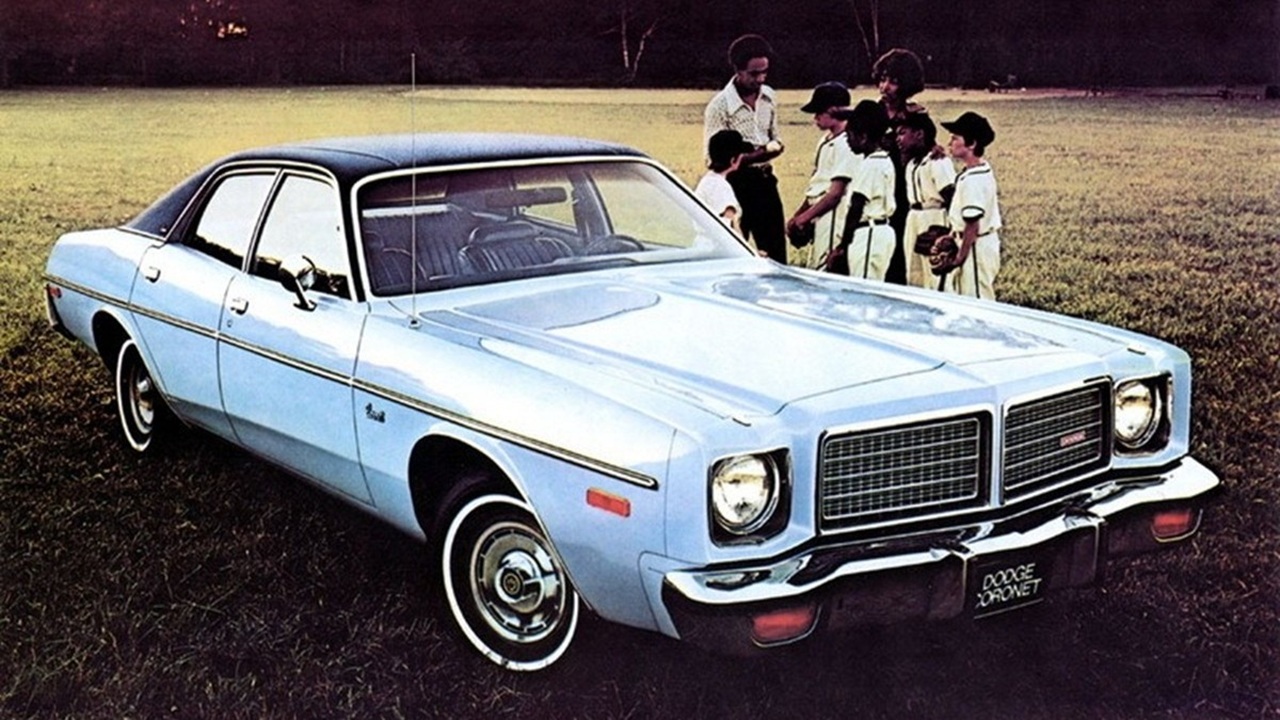
If that wasn’t enough, consumer confidence was also in the gutter thanks to the economy, double-digit unemployment, the Vietnam War, and the Watergate scandal. There was also an anti-authority sentiment, and truckers used their CB radios to warn each other and car drivers about police waiting to ticket drivers for violating the new 55 mph national speed limit.
Automakers eventually figured out how to make the kinds of modern cars we expect today – safe, better for the environment, efficient, powerful – but the consumers of the 1970s were in the thick of it. Car buyers in this era didn’t just have to worry about low power or goofy bumpers, either, but quality fell dramatically, and it seemingly across the board with the American makes.
If you’re like me and were not around in the 1970s, watch a period review (above) of a Malaise Era car by the charismatic Bob Mayer of TV station WTVJ in Miami, Florida. Mayer seemingly routinely tested cars that, while brand new, suffered from a litany of issues, from dirt embedded in paint and rattling interiors to cars that simply refused to start or run well.
So, Chrysler wasn’t exactly alone in building questionable cars. Still, when the Dodge Aspen and Plymouth Volaré launched in 1976, they fell apart so quickly and generated so many serious recalls that they caused a national scandal. The disaster of these twins would become part of the reason why the U.S. government and Lee Iacocca would have to bail out a sinking Chrysler.
Cooking Up A New Compact
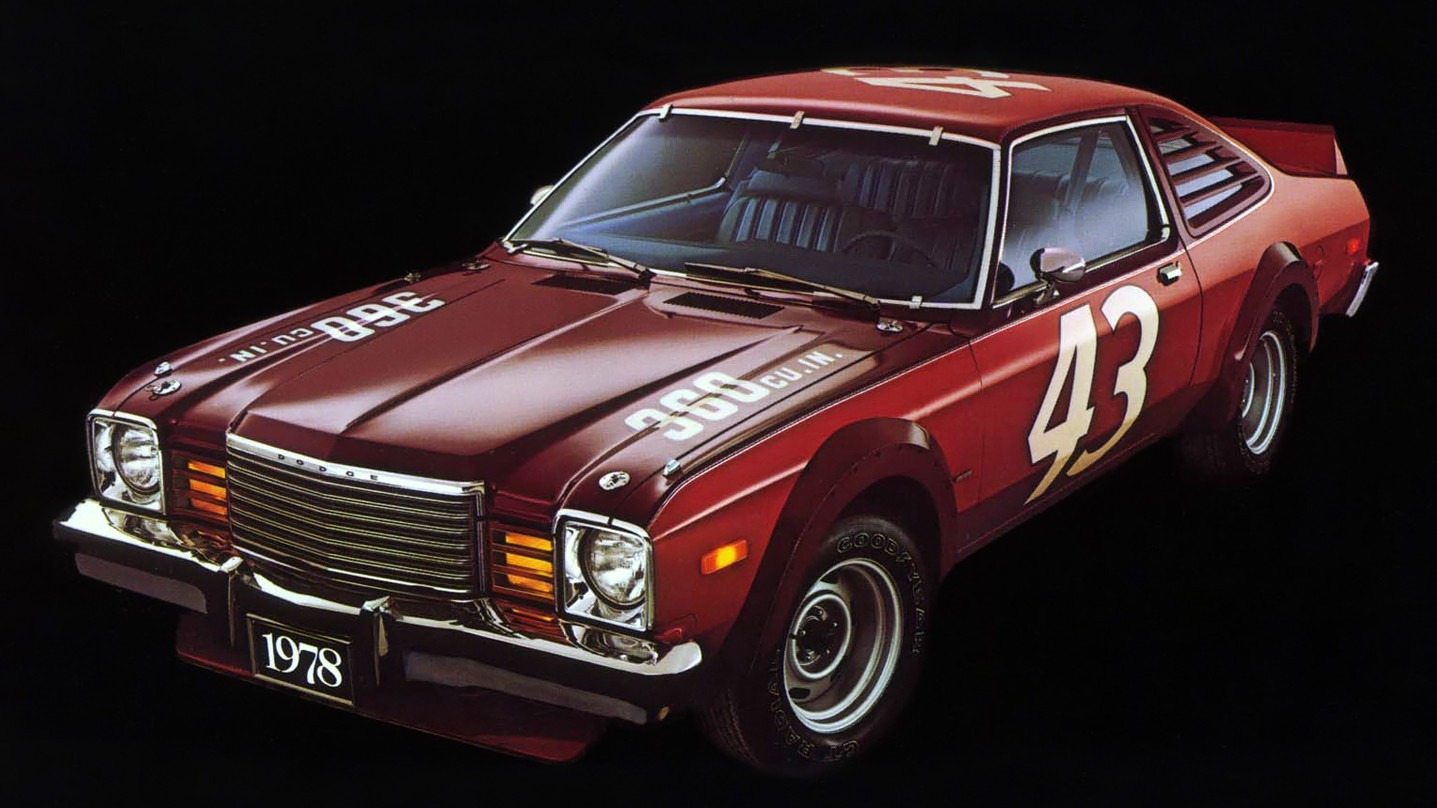
Development on Chrysler’s new compact began in 1971 under the codename “Aspen-Vail.” As Motor Trend reports, Chrysler had taken note of the growing compact and subcompact market of the early 1970s. Chevrolet launched the Vega in the year prior, and came out swinging with the Pinto. Meanwhile, AMC punched out the Gremlin. But Chrysler took a more cautious approach than its peers.
In 1962, Chrysler decided to downsize its lineup, which had disastrous results. It wasn’t that smaller cars were bad, but that Chrysler had more or less predicted the downsizing movement perhaps a decade too soon. Either way, Chrysler wasn’t ready to get burned again if it turned out compacts weren’t here to stay. So, it continued into the early 1970s with full-size and mid-size cars. Reportedly, Chrysler scheduled an update to its full-size C-body cars before it got around to launching a new small car.
Of course, this would turn out to be a catastrophic decision as the 1973 Oil Embargo set in. While pretty much the entire American economy took a battering during the first oil crisis, Chrysler was in a particularly rough situation. Sure, it had Dodge Dart, Dodge Colt, and Plymouth Valiant, but unsold vehicles piled up at dealerships as the few Americans who did buy new cars went elsewhere.
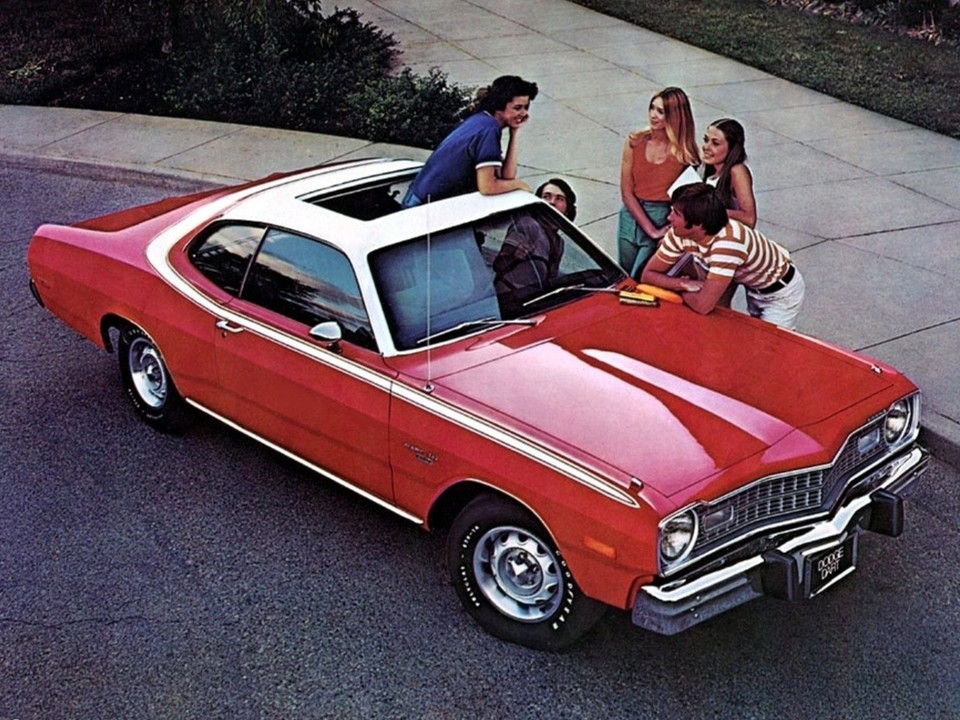
By the end of 1975, Chrysler burned through $260 million ($1,565,683,271 in 2025). The automaker then missed paying a dividend on common stock for its first time since 1933. The bleeding was bad, but Chrysler had a solution, and it planned to replace the Dodge Dart and Plymouth Valiant.
The Dart and Valiant were durable and simple cars that had tons of fans. These were cars that just worked and got their jobs done. They were even so popular that, despite having launched as a 1967 model, sales were still strong in 1974, with more than 720,000 A-body copies finding homes that year.
Chrysler tasked itself with replacing its two compact workhorses. The Dart and Valiant would be a tough act to follow, but Chrysler would attempt to improve on the compact concept. Originally, Popular Mechanics reported in 1975, while the F-body platform was originally designed to be a replacement for the A-body, Chrysler observed how Ford kept the Maverick and Comet around even after technically replacing them with the Grenada and Monarch. It worked out well for Ford, so Chrysler would do the same thing.
Under The Metal
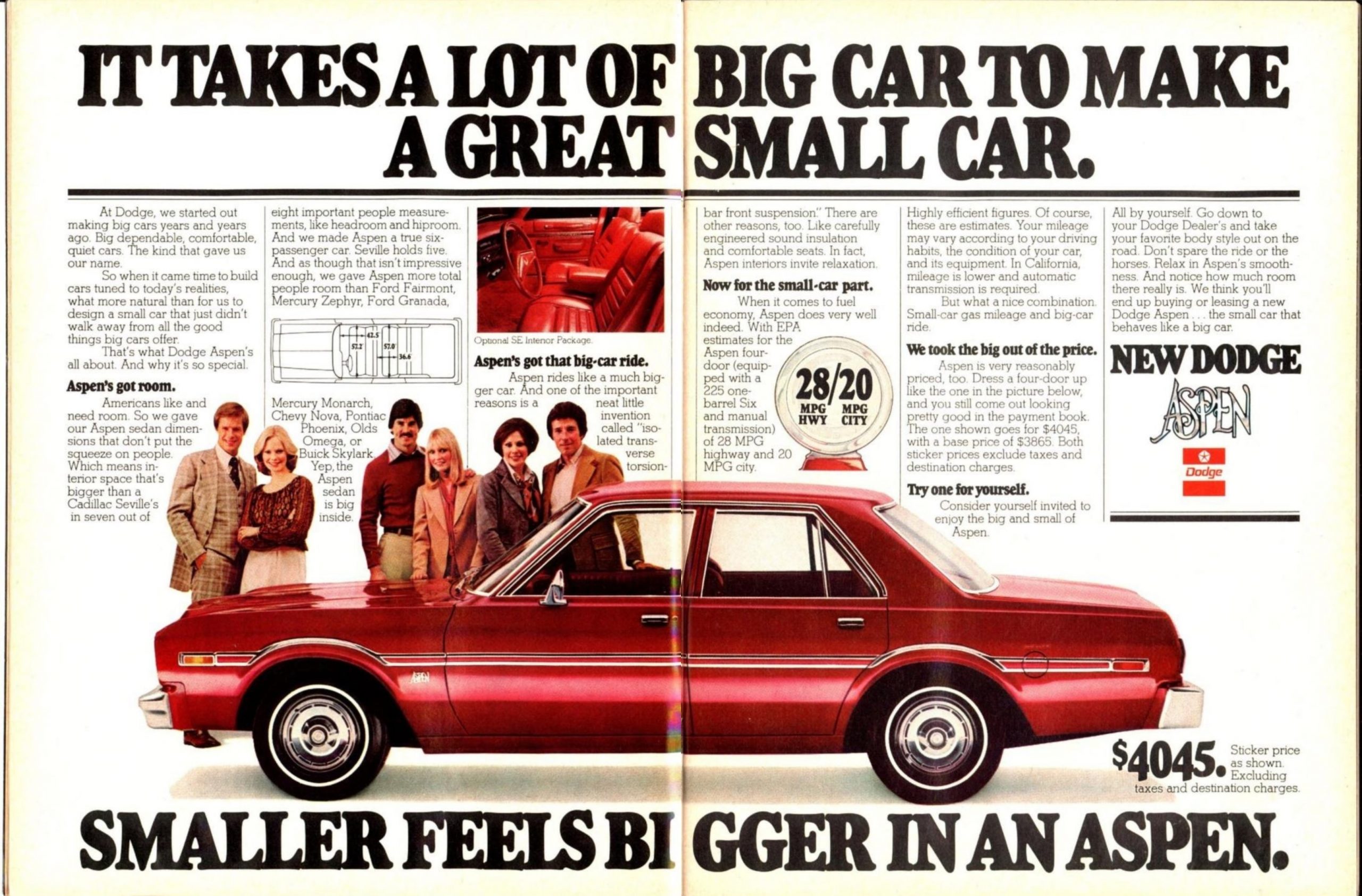
According to Motor Trend in February 1976, the motoring press apparently expected the F-body cars to be warmed-over A-bodies that were updated on a budget. Instead, Motor Trend claimed, the Aspen and Volaré were nearly clean-sheet designs. The F-body chassis was all-new. It was unitized like the A-body, but used fewer stampings and weighed less.
As reported by Popular Mechanics in 1975, a theme with the F-body was that it was supposed to be a small car that had the interior, ride, and comfort of a big car. Supposedly, this meant that the F-body was designed from the inside and out. Motor Trend says that the body was designed with the aid of computers, and its shape was determined after extensive wind tunnel testing. As a result, Chrysler claimed, the Aspen and Volaré were 10 percent slicker than the Dart and Valiant. Motor Trend went on to report that the Aspen’s and Volare’s bodies were designed to be aerodynamic first, functional second, and aesthetically pleasing third. Changes to the F-bodies included the removal of the roof-drip moldings, the use of thinner glass, thinner side door beams, fewer welds, and high-strength steel rather than mild steel. The F-body twins were offered with two wheelbases, 108.5 inches for coupes and 112.5 inches for sedans and wagons.
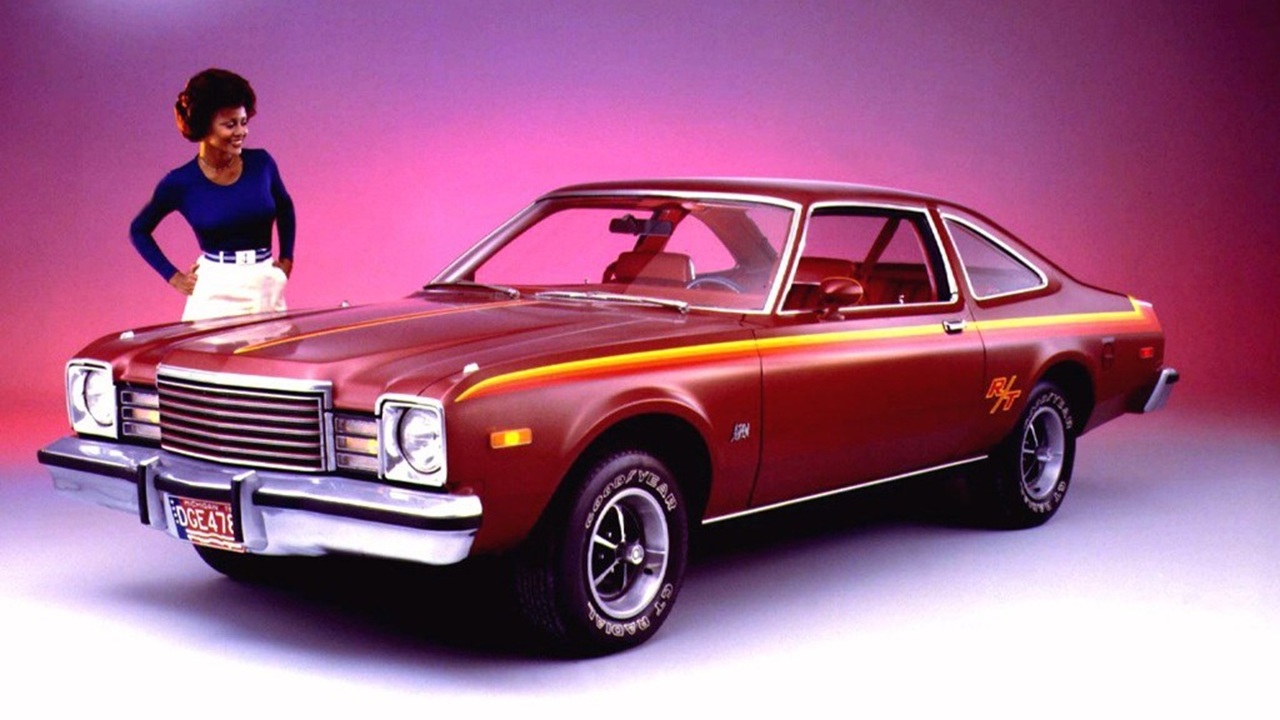
Chrysler baked in several elements to achieve its goal of a big car wearing the body of a compact. The F-body cars had an updated version of Chrysler’s torsion bar suspension. In the past, Chryslers had two longitudinal bars, while the F-body sported just one transverse bar ahead of the front wheels. This bar is accompanied by a large anti-roll bar. The front suspension is mounted to an H-shaped structural member that uses four rubber mounts to isolate it from the body. What’s interesting is that the axles of the Aspen and Volaré are designed to rock forward and backward after an impact. This is supposed to allow the car to more or less “roll” through a bump, and hopefully result in a smoother ride inside.
As for the rear suspension, the twins had semi-elliptical leaf springs, but these were also rubber-isolated like the front suspension. The steering column also had a rubber isolator.
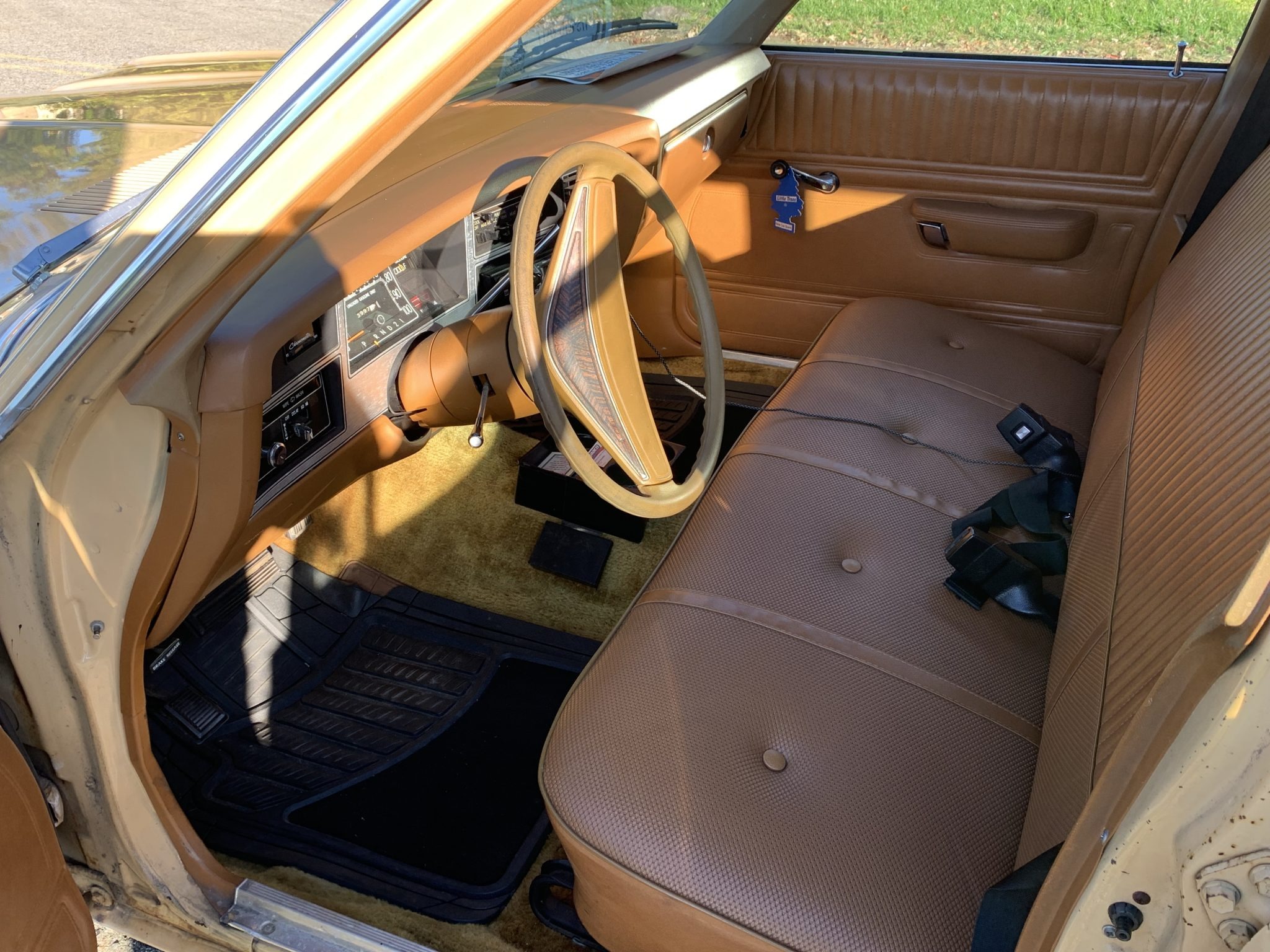
Inside, Chrysler continued the “big small car” ethos. Chrysler claimed that the Aspen and Volaré had an “interior space that’s bigger than a Cadillac Seville’s in seven out of eight important people measurements, like headroom and hiproom.” Chrysler then took another crack at the Seville by saying that a Dodge Aspen could carry six real people in it, unlike the Cadillac.
These comparisons to Cadillac were because Chrysler saw the Aspen and Volaré as being luxury cars. Chrysler touted power windows, power locks, power seats, power sunroof, power brakes, and a four-speed automatic transmission, among other options. As far as the powertrain went, there really wasn’t anything new.
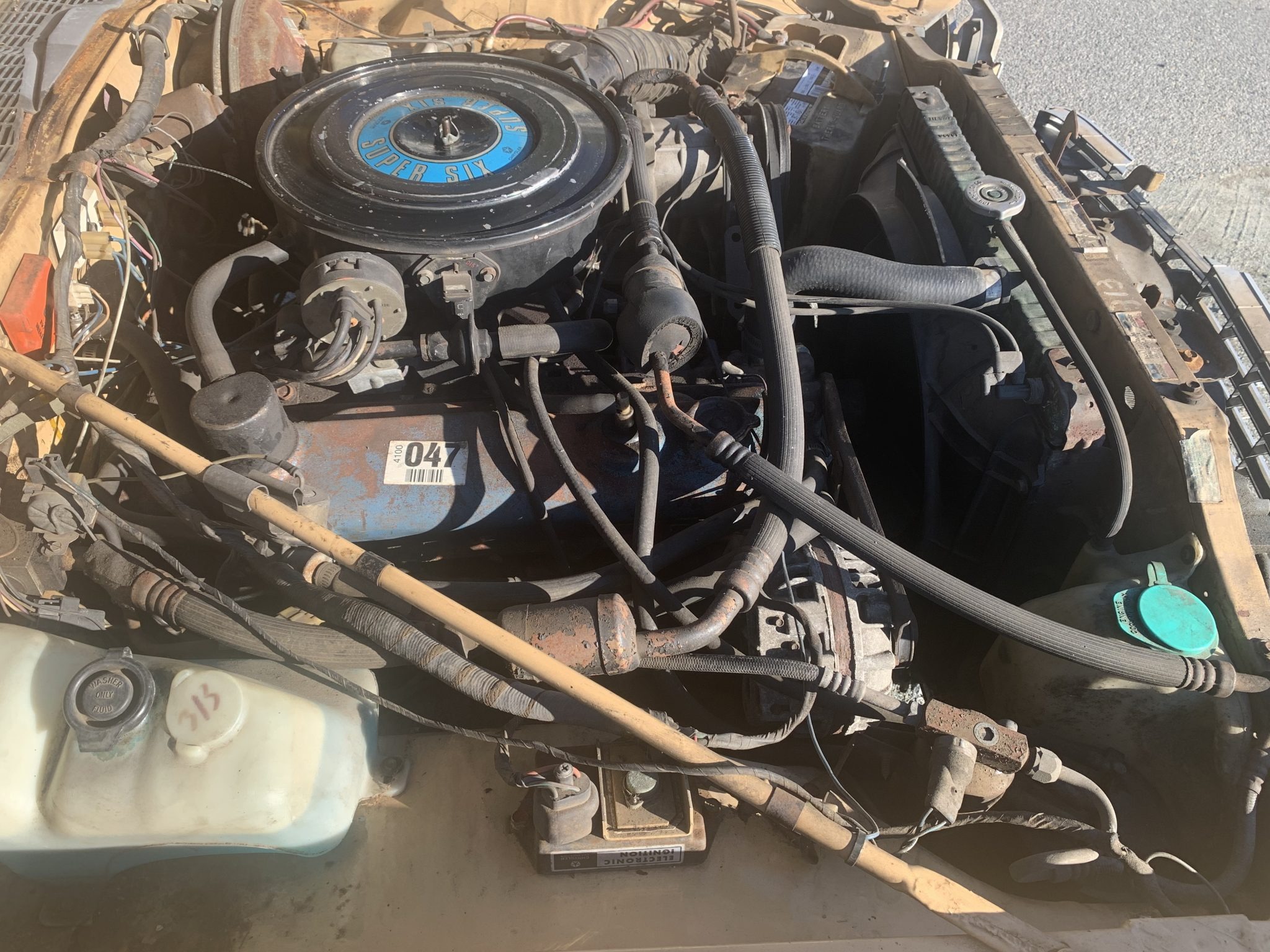
Chrysler’s legendary 225 Slant-6 made a return here, and buyers would eventually have a choice of two V8s. Visually, the Aspen and Volaré had only minor differences in their grilles and rear panels, but were otherwise the same. The interiors had no real differences between the models. This was badge engineering at its finest.
Chrysler was quite ambitious in its statements to the press, and told Motor Trend that the Aspen and Volaré “represent the standard-size cars of the future.” There’s no further detail on how Chrysler came up with such a claim, but of course, hindsight being perfect, we know Chrysler couldn’t have been more wrong.
Car Of The Year
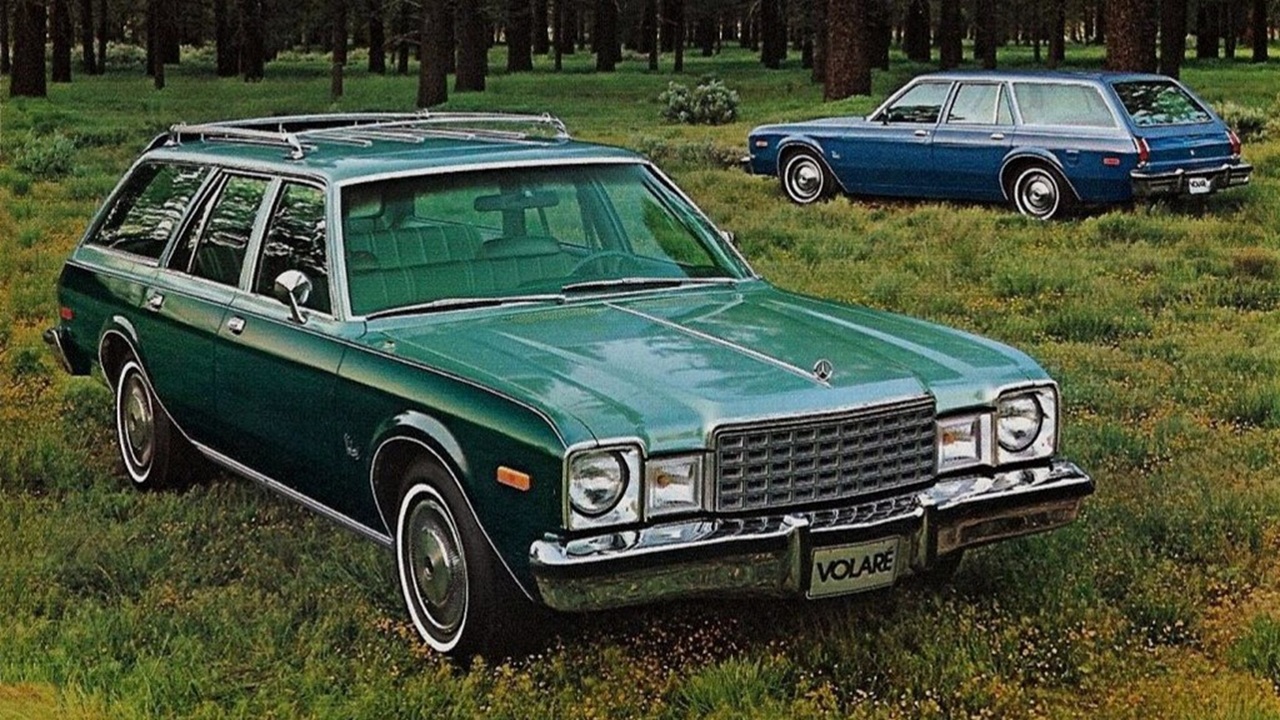
The Dodge Aspen and Plymouth Volaré launched in the middle of 1975 for the 1976 model year. The twins hit the market with a starting price as low as $3,336 for a coupe, $3,371 for the sedan, and $3,658 for the wagon. The automotive press was pleased. Motor Trend‘s crew said that they felt like they had seen something new in the Aspen and Volaré, praised the build that I described above, and claimed that, yep, the twins really did handle and ride like small cars with the identity of a large car. Motor Trend ultimately declared the twins as its 1976 Car of the Year with this conclusion:
There are several criteria considered in the Car of the Year selection process, but there is one that is most important: Which car has made the most significant contribution to the automotive world? Add to that such vital categories as engineering, new concepts in style to include passenger packaging, efficiency in natural resource use, safety, marketing, and creative use of new material and you have a pretty demanding checklist.
It may well be impossible for any car to outscore its competitors in all those categories. And we would be less than candid if we told you the Aspen/Volare did. But taken as a complete package, the new cars from Chrysler Corp. have one of the highest overall rankings we have seen, and certainly the highest this year.
We feel the Aspen and Volare have made the most significant contribution to the automotive world for 1976. And the Chrysler Corporation is responsible. We feel the award is Chrysler’s well-earned recognition. As for the Aspen and Volare: Try them, you’ll like them.
Most Owners Loved Them
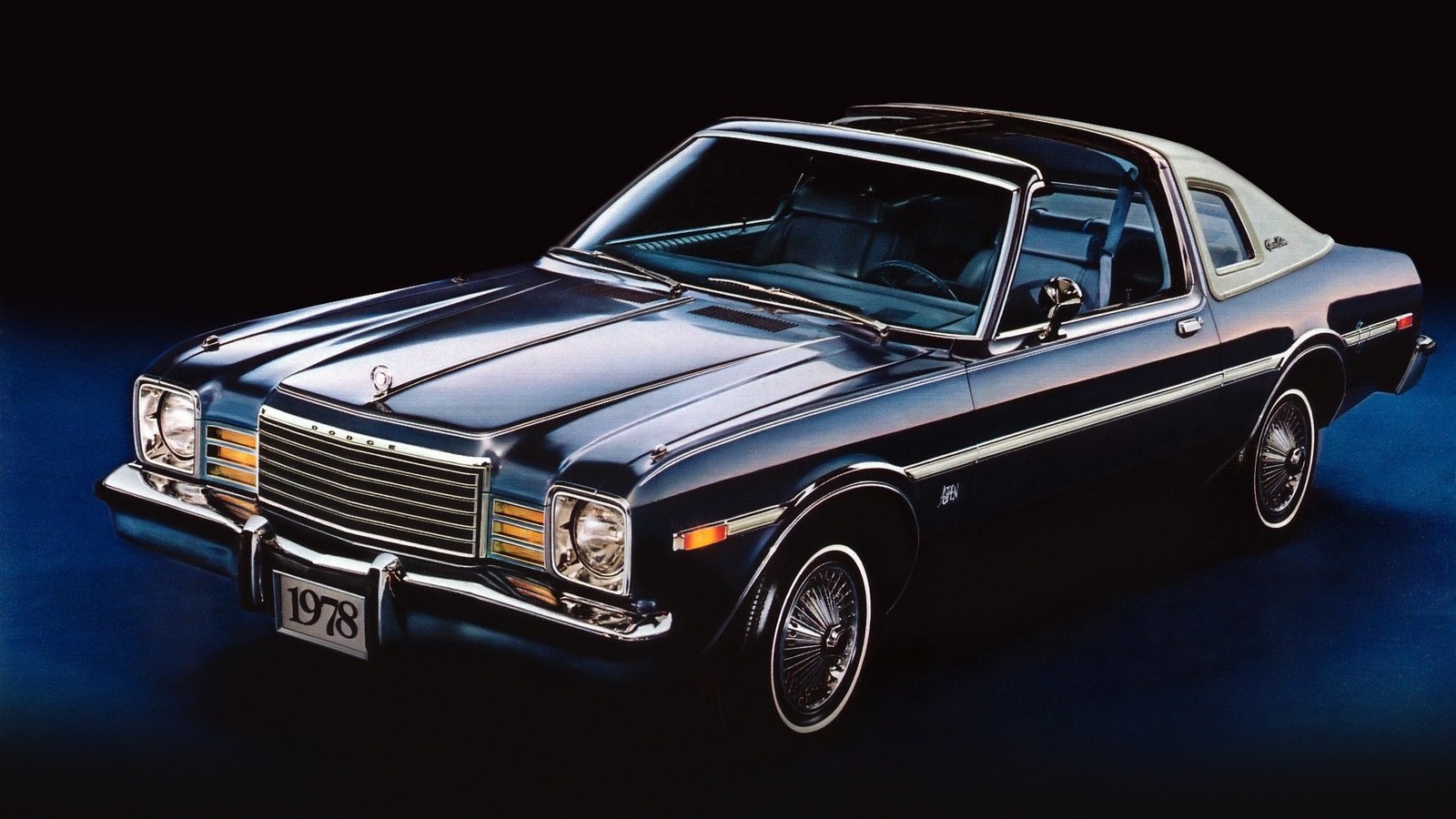
In May 1976, Popular Mechanics conducted a survey, asking tons of Aspen and Volaré owners how they felt about their cars. The number of people in the survey was not published, but Popular Mechanics said that the participants represented 329,590 miles in Aspens and 244,472 miles in Volarés. Some 48.8 percent of Volaré owners in the survey drove the wagon, while 33.6 percent of Aspen owners had the wagon equivalent of that car.
Popular Mechanics noted that buyers overwhelmingly loved the wagon over the sedan and coupe for its ability to carry both passengers and luggage on long trips. These people also loved the Slant-6, with 73.9 percent of Aspen buyers going for the leaning tower of power and an equally impressive 64 percent of Volaré buyers choosing the same engine.
Owner demographics were interesting. Most Volaré owners were between 30 years old and 49 years old while most Aspen owners were over 50 years old. Likewise, more than 50 percent of the owners of both cars had only a Volaré or Aspen in their fleet. Nearly all Aspen and Volaré owners also did at least one repair themselves.
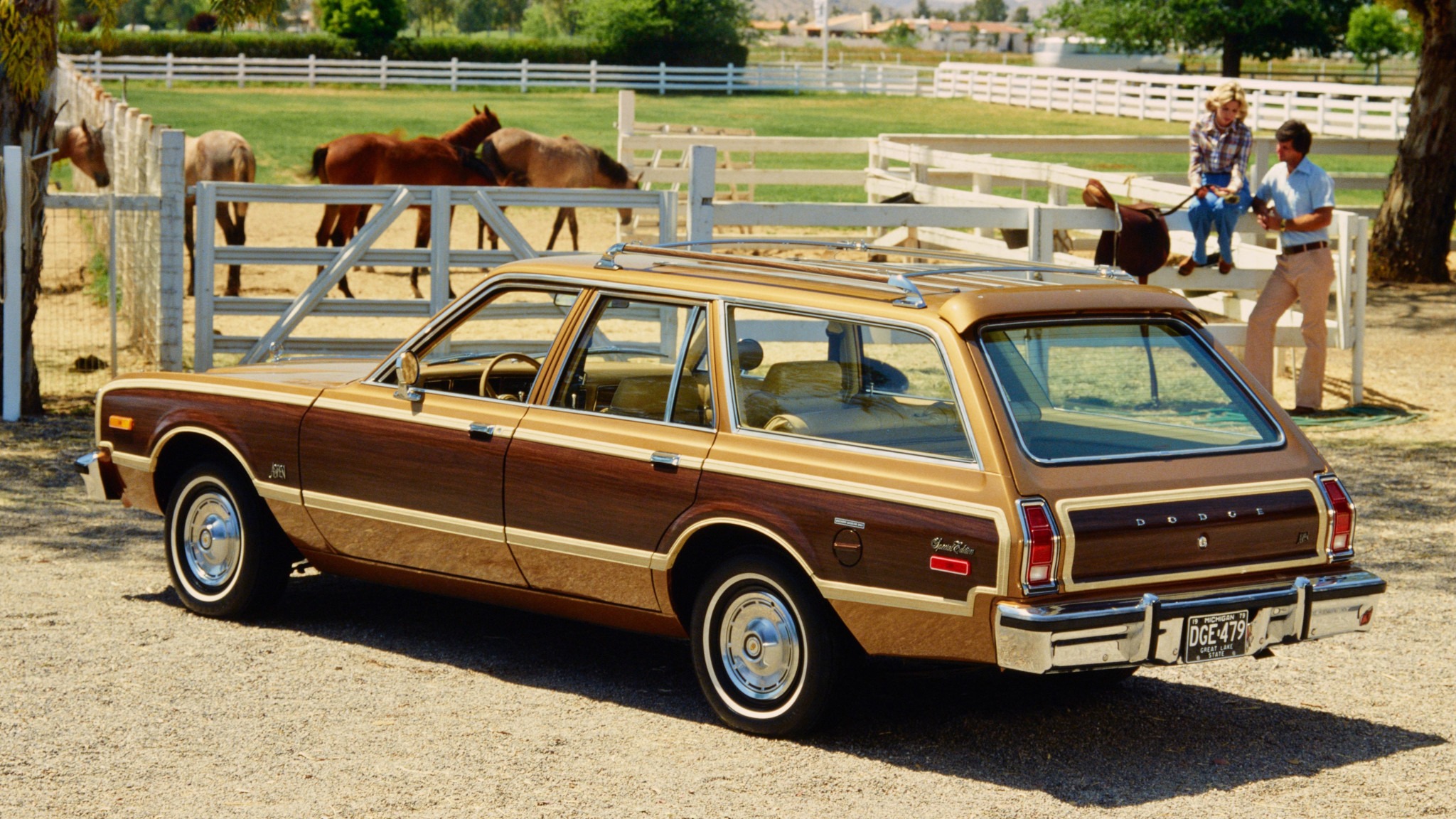
Some people loved their cars, from Popular Mechanics:
A North Carolina retiree; “The Aspen [wagon] is more car for the price than l have ever seen. The room is unbelievable, and options are unlimited. Chrysler Corp, cars cannot be beat, as illustrated by their 13-month, no-mileage limit warranty, The Aspen is another example of a Chrysler Corp. winner!”
[…]
From a Milwaukee insurance clerk: “Excellent handling. Our Aspen holds the road beautifully, takes turns readily, fantastic to steer and park.” An Iowa student: “Handles, drives, and feels like a big car.” A Michigan maintenance worker who drives an Aspen coupe with the Six: “Good acceleration if it’s wound out properly.”
Nearly all respondents had compliments to give to their cars. An impressive 100 percent of Volaré owners said that their cars had good front seat comfort, with 94.3 percent of Aspen owners reporting the same. An overwhelming majority of owners also had praise for rear seat comfort. Owners also noted features, handling, and styling as huge pluses. About three-quarters of Aspen and Volaré buyers said that they would buy another.
There Were Big Issues
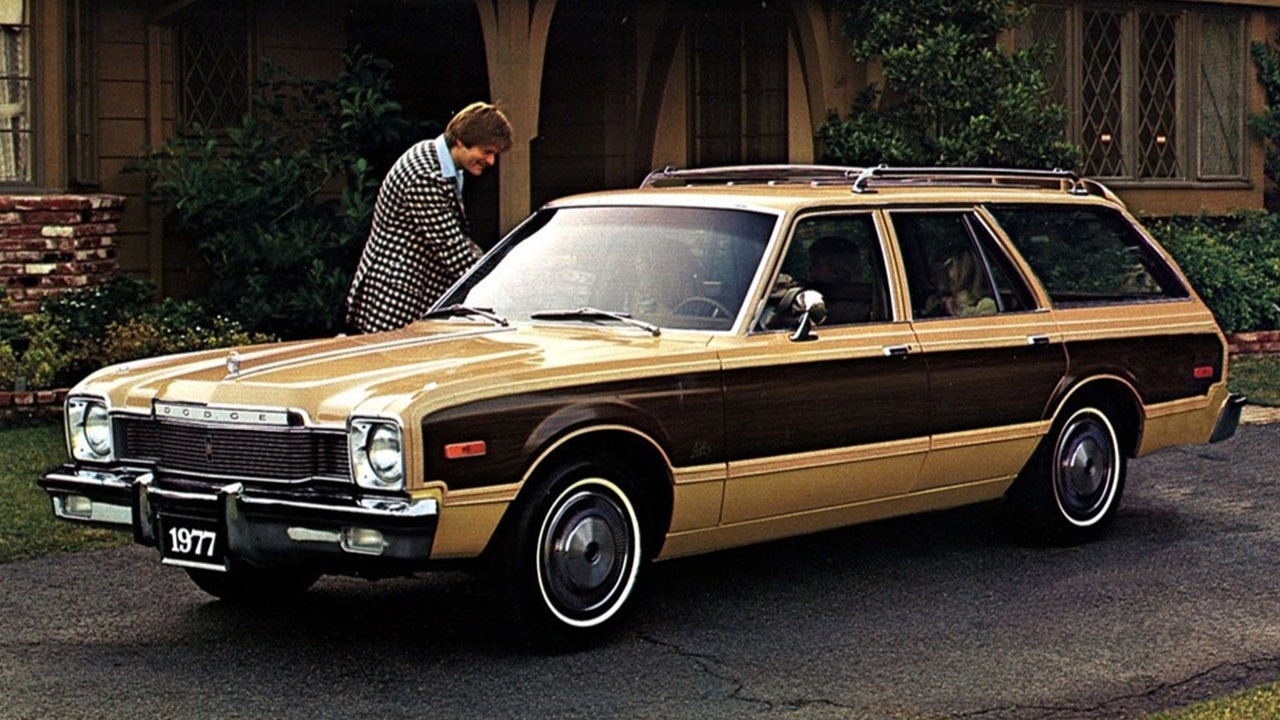
Then, things started falling apart. The Popular Mechanics survey said that 17 percent of the owners had braking system problems, 12.9 percent of the cars had carburetor problems, and 10 percent of the cars had speedometer issues. Some had oil leaks right off of the dealership sales floor. About a quarter of the owners complained that they weren’t getting near the EPA’s numbers for fuel economy. The complaints continued, from Popular Mechanics:
What are some of the major complaints of Aspen and Volare owners?
“Squealing brakes — and they say they can’t fix this’ groans a New York machinist, and he’s not alone. “Gas mileage on this six-cylinder, four-door sedan Aspen is not up to my expectation,” grumbles a retired Floridian. “Gasoline spills out on side of car when filling,” gripes a Louisiana bank examiner.
An Illinois restaurateur: “Brakes squeal, engine races, rear door out of line, hard to start at times, otherwise okay,” A Wisconsin building inspector: “The trunk is so shallow I can’t get a case of beer into it,” Florida soil packager: “I’ve found poor workmanship, poor trunk design in coupe, short rear-seat legroom.”
Overall, Popular Mechanics said, about half of Aspen and Volaré owners thought that their cars had good to excellent build quality, and the other half thought their cars had average or poor build quality. Sadly, these complaints would not be the end of the twins’ problems.
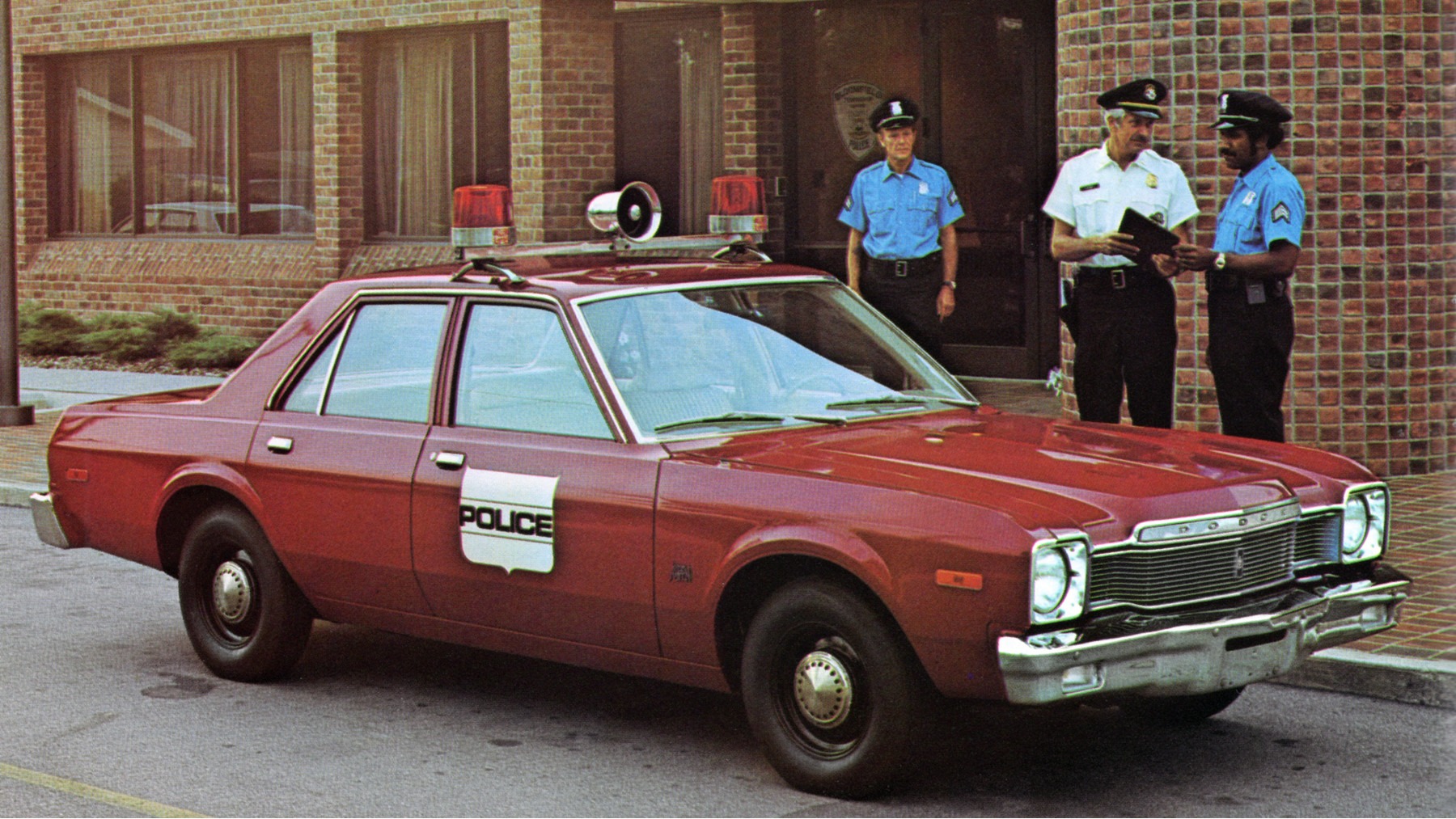
Between March 1976 and May 1978, the Aspen and Volaré would be slammed by eight major safety recalls. The issues included in these recalls included stalling due to a failed carburetor accelerator pump, hood latches that didn’t work, fatigue failure of the control arm supports, brake line corrosion, power braking system delays, seat belt locking mechanism failures, and, finally, an alternator belt that rubs on the fuel vapor return line, which can cause a fire. One of the car’s recalls was pretty stupid, and indicated that the tire pressure label in the glovebox had the wrong pressures printed on it.
The issues with stalling were not limited to just the Aspen and Volaré, but to the Dart and Valiant, too. In 1978, Driver magazine reported, Chrysler announced what was then its largest recall in history, which covered 1.3 million Aspens, Volarés, Valiants, and Darts to fix the broken carburetor accelerator pump issue. The recall was so huge that, initially, Chrysler didn’t even have enough parts to carry out the recall.
You’d think that engine stalling isn’t the worst thing that could happen, but this got serious. Reportedly, Chrysler recorded 27 crashes attributed to the carburetor issue, of which seven resulted in injuries. The National Highway Traffic Safety Administration’s numbers were worse, and allegedly counted 52 crashes and about 1,000 complaints attributed to the stalling problem.
Rapid Rusting
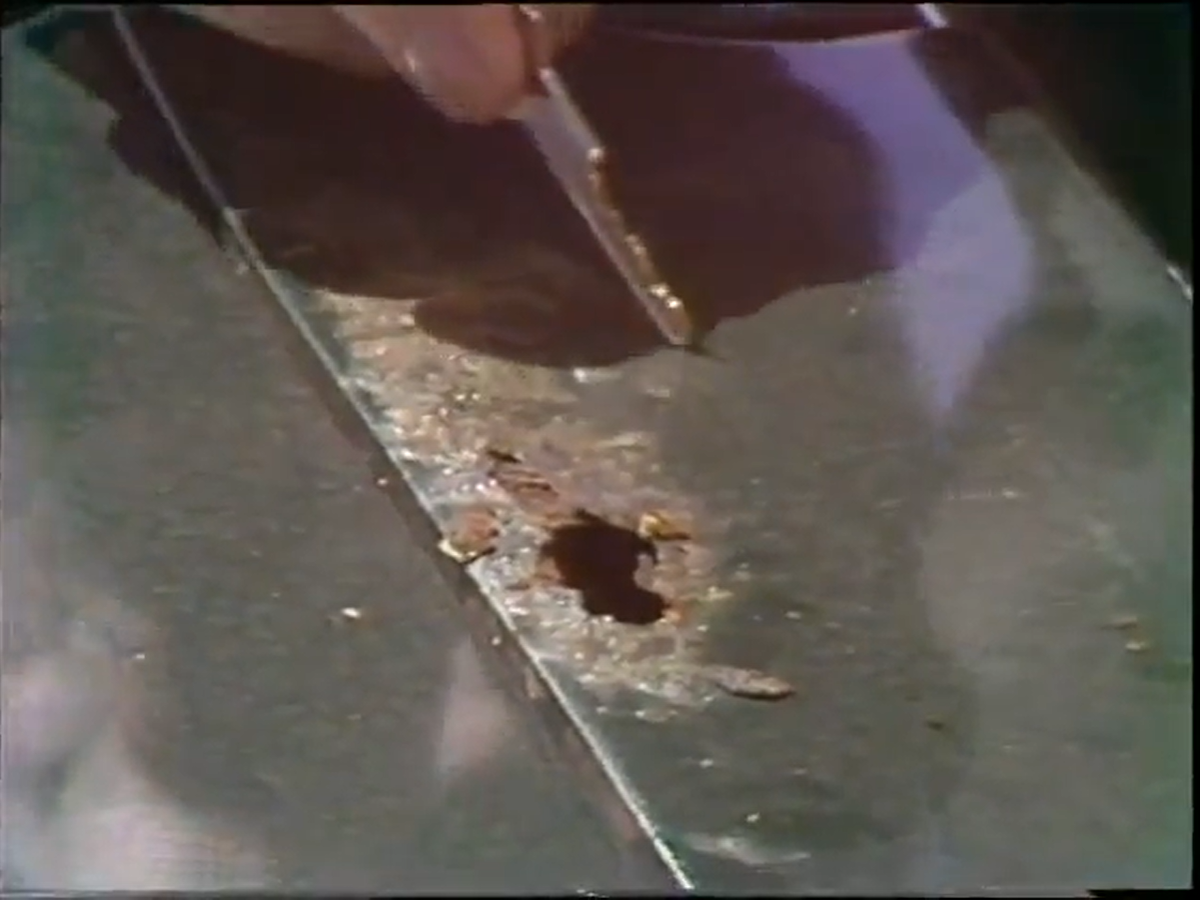
Yet, the most visible of the Aspen and Volaré’s issues were not the safety problems, but rust. Apparently, as the twins were originally designed, the front fenders had a huge open hole that allowed water to get into the fender. This was especially bad in the “salt belt,” as cars driving through the winter would get salt spray into the fenders, and the salty mush would just sit there, rotting out the fender.
Allegedly, some of these vehicles began rusting before they were even a year old, and some people claimed to have seen rust right on the showroom floor. All of these issues came at just the wrong time. Chrysler was already battered by the Oil Crisis, and the Aspen and Volaré were supposed to be Chrysler’s saviors, only to cost the company even more money, bringing the automaker closer to collapse. Chrysler was dealing with the setup for its future loan guarantees from the government while at the same time battling these recalls.
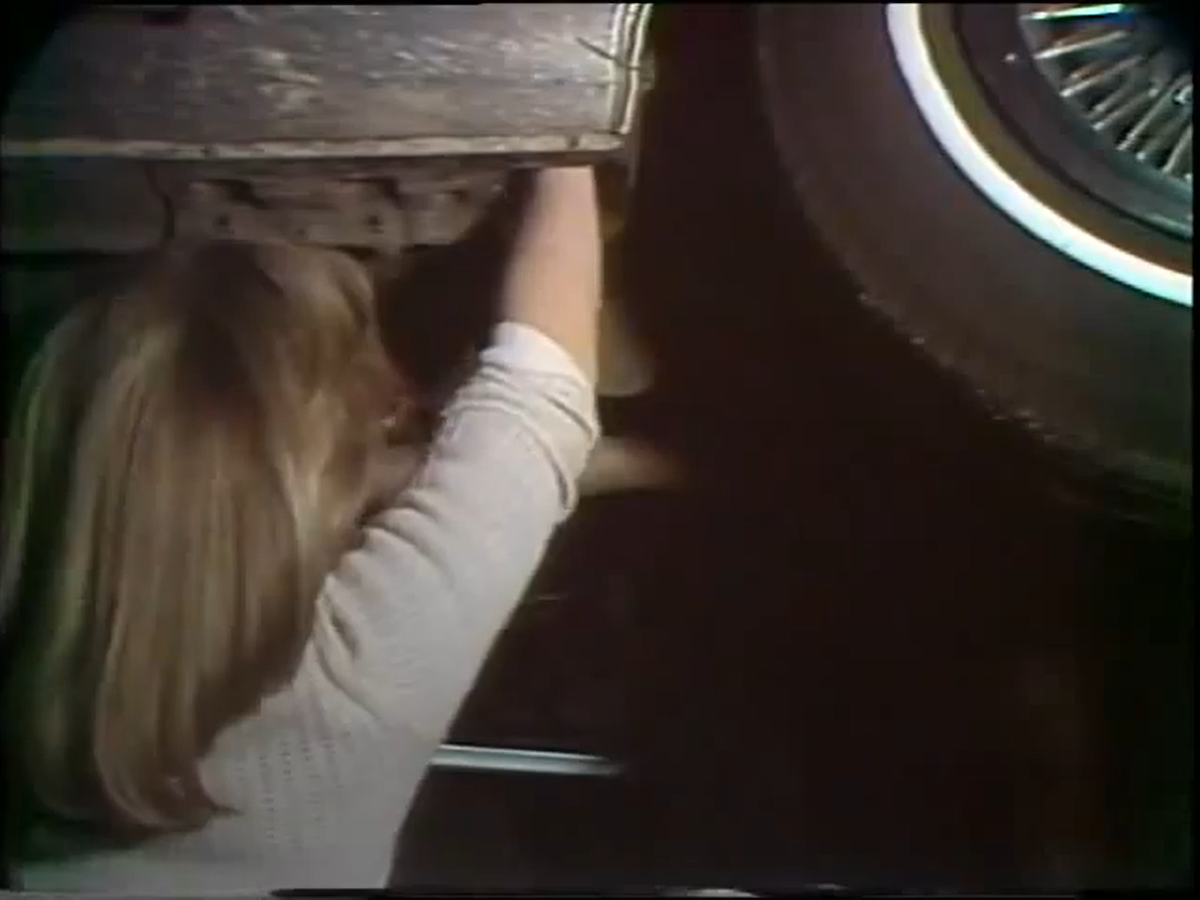
As the Washington Post reported in 1980, Chrysler might have known of the issue, but initially didn’t do much to solve it:
Chrysler set aside $45 million last year to cover potential claims for rust damage on the Aspens and Volares after the FTC began an inquiry; therefore yesterday’s announcement does not represent a new financial setback for the automaker.
[…]
The FTC said its settlement with Chrysler could affect 200,000 Aspens and Volares, one-fifth of the total produced by Chrysler in 1976 and 1977. To qualify for free replacement, the fender must have rusted on the top near the windshield, where a design defect permitted salt water to accumulate during winter driving, causing severe erosion, the FTC said.
The FTC also charged that Chrysler earlier had been willing to replace the rust-damaged fenders only to customers who complained hard enough.
Check out this TV news report:
Notices were mailed to car owners in 16 northern and central states, plus Maryland, Minnesota, and West Virginia. However, the offer to have your fender replaced applied to any 1976 or 1977 Aspen or Volaré anywhere in America so long as your fender began rusting before the car was three years old. Allegedly, the design flaw was fixed in the 1978 model year.
Unfortunately for Chrysler, the damage was done. In 1977, Chrysler sold 327,739 Volarés and 266,012 Aspens. By 1980, the last model year for the twins, they sold 90,063 units and 67,318 units, respectively, and many of those were fleet sales.
What happened here? How could Chrysler fail so hard? As Paul Niedermeyer of Curbside Classic explains, Chrysler screwed up by launching the twins before they were ready for primetime. Apparently, these cars were an early example of how the companies of today launch unfinished products and then fix them later.
Lee Iacocca Weighs In
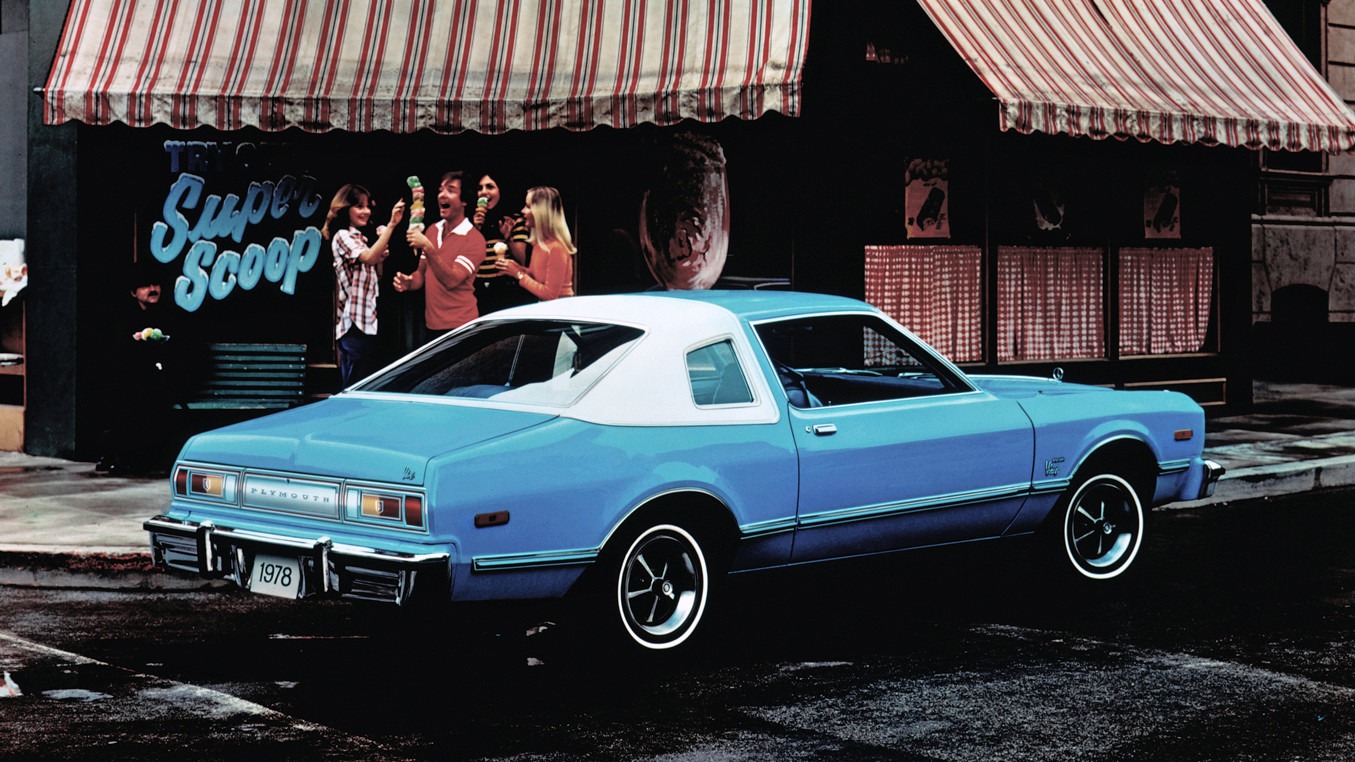
Lee Iacocca, who took the reins of Chrysler in 1978 to fix the disaster that the company was in, did not have nice words to say about the Aspen and Volaré. Curbside Classic quotes his autobiography:
“The Dart and Valiant ran forever, and they should never have been dropped. Instead they were replaced by cars that often started to come apart after only a year or two. When these cars first came out, they were still in the development phase. Looking back over the past twenty years or so, I can’t think of any cars that caused more disappointment among customers than the Aspen and the Volare”.
Of course, it should be noted that Iacocca wasn’t there for the development of the Aspen. But he did have to clean up the mess and right the ship. Chrysler only just barely avoided heading into the abyss thanks to federal loan guarantees, and the Aspen and Volaré helped push Chrysler into such a terrible position in the first place. The K-cars would end up being Chrysler’s magic pill.
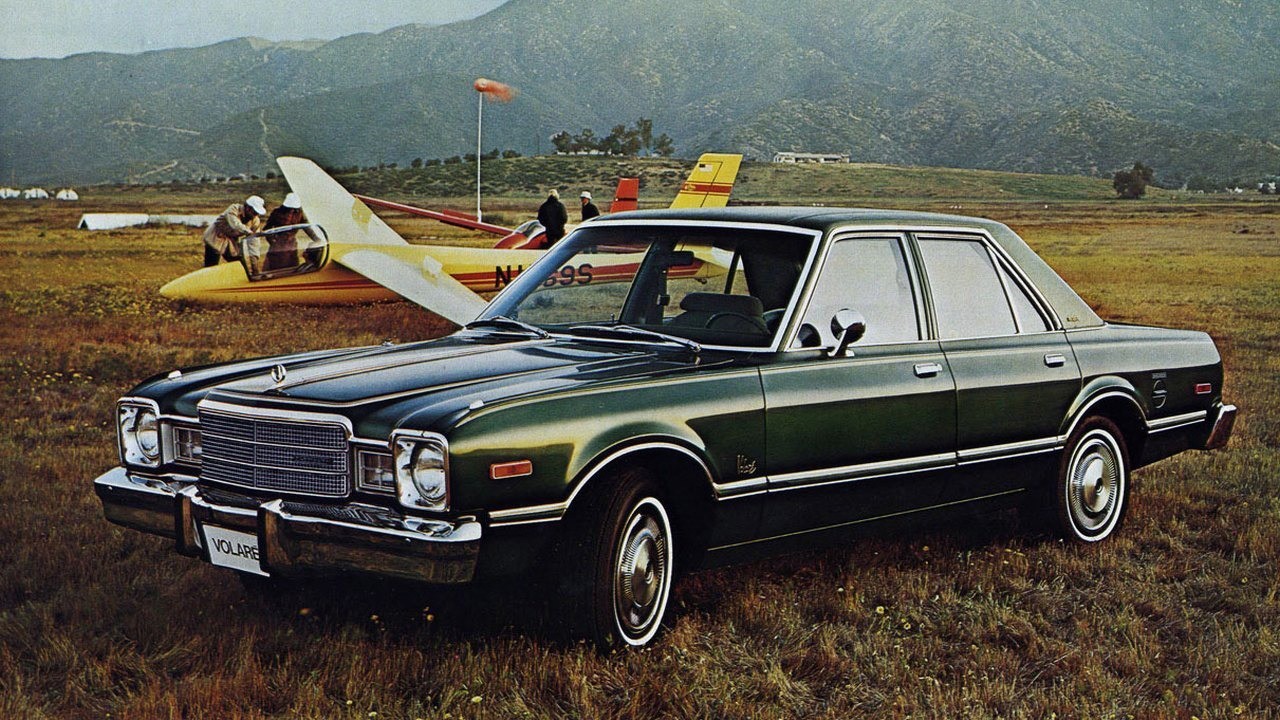
This is one of those weird cases where a car is an Unholy Fail, not because it failed to sell. Indeed, the F-body twins sold quite a large number of copies. But the cars were still such a huge blunder that Chrysler canned them, replaced them, and ran away as far as it could.
It’s a shame, too, because it sounds as if it weren’t for the safety issues and the rust issues, the Aspen and Volaré were decent cars. I mean, how many cars can say that 100 percent of their owners love their front seats?
If there is any lesson to be learned from this saga, it’s that if you’re working on an important project, it’s almost certainly better to get it good rather than get it out fast. Sure, being late to a party sucks, but getting there early just to fall flat on your face is probably worse. Unfortunately, far too many companies are still releasing “beta” products to the public.

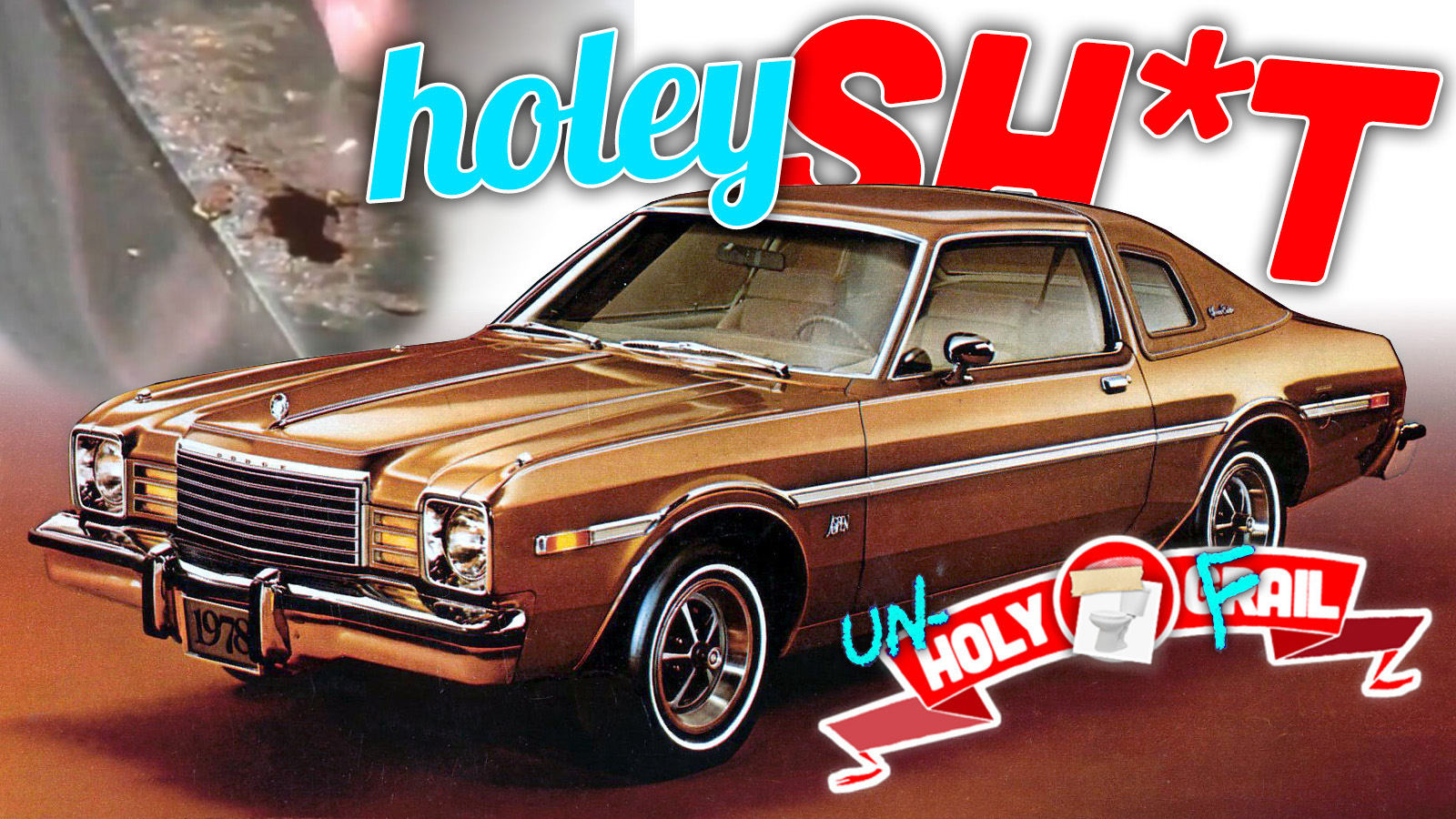



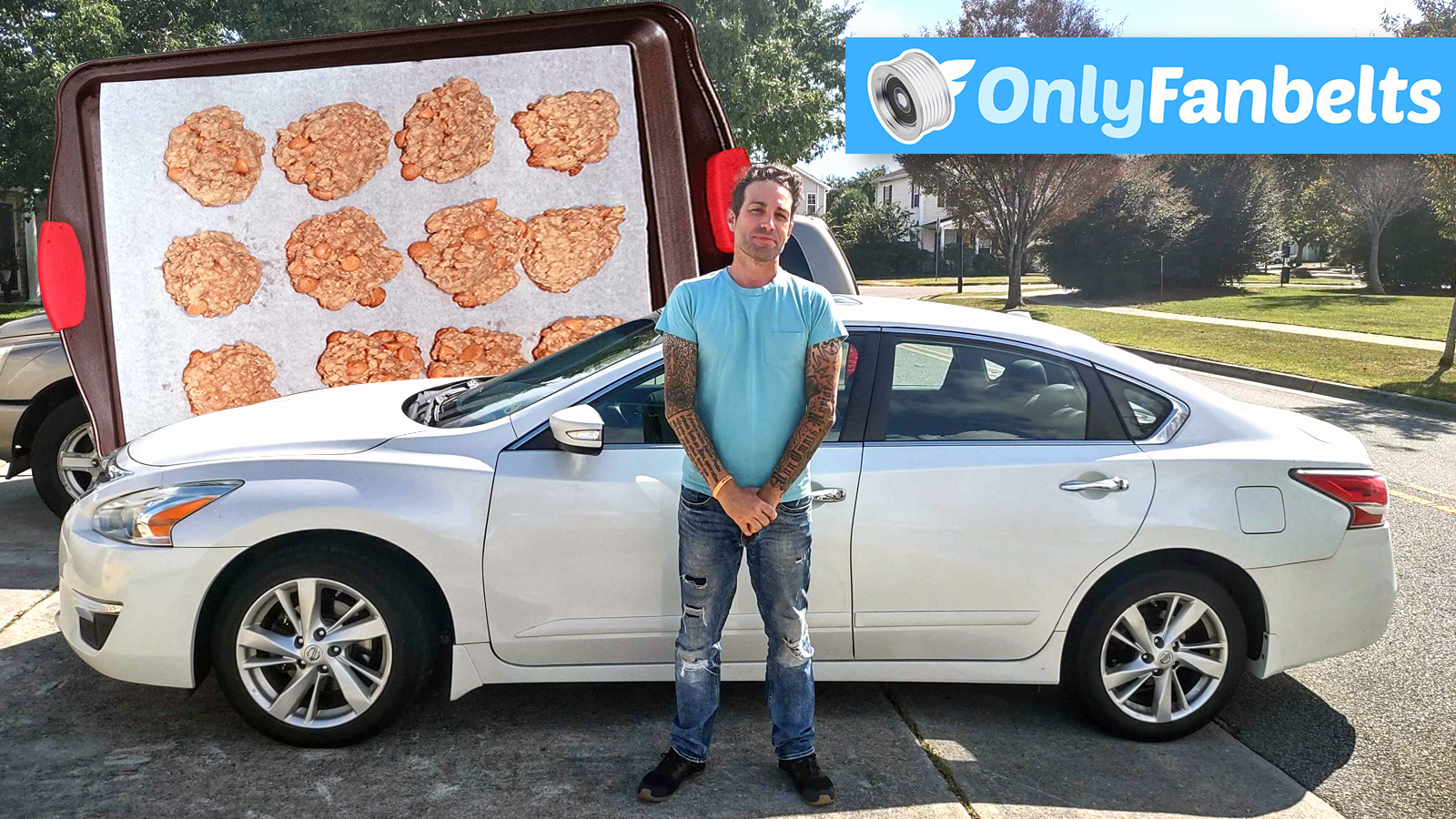
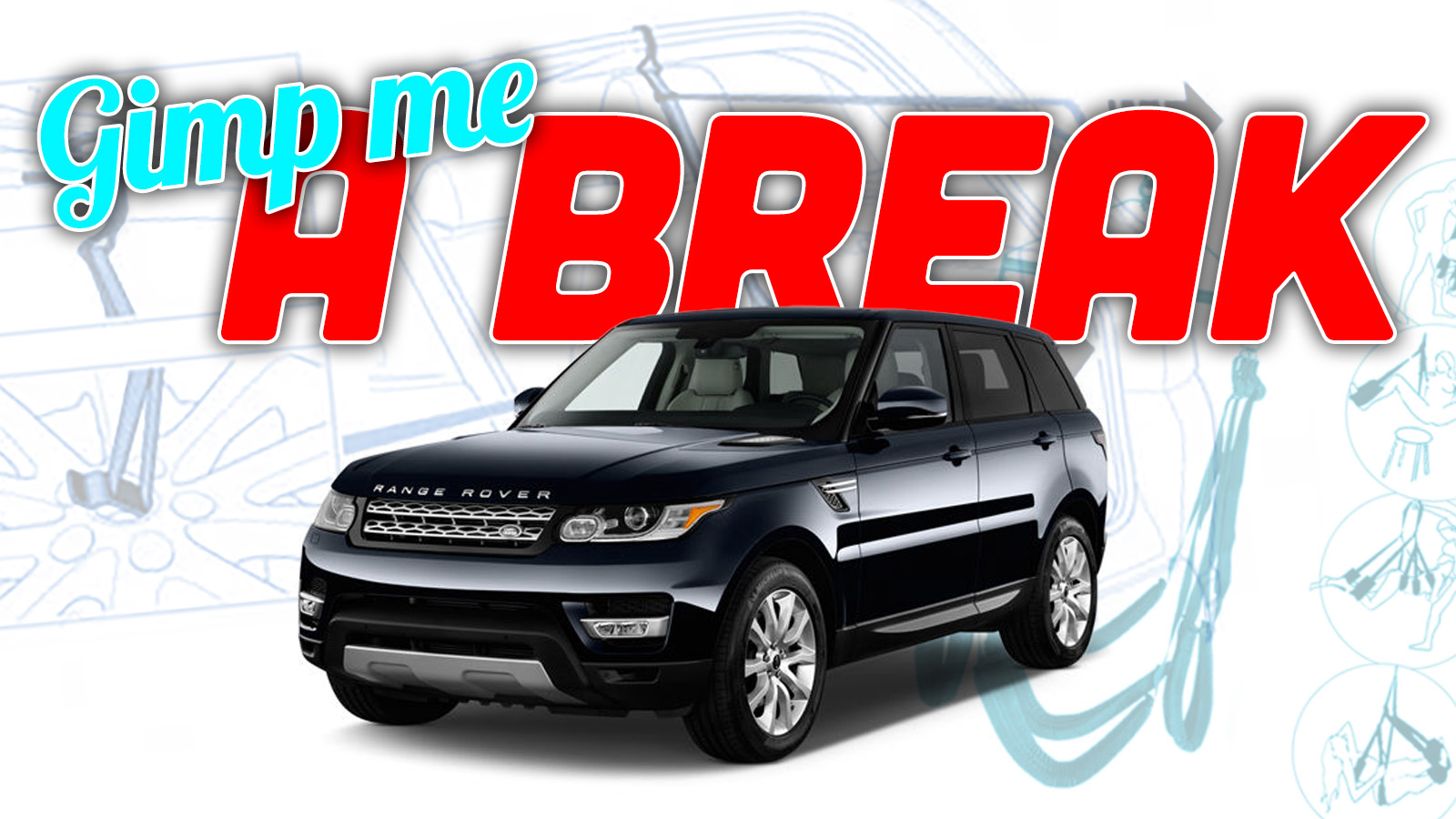
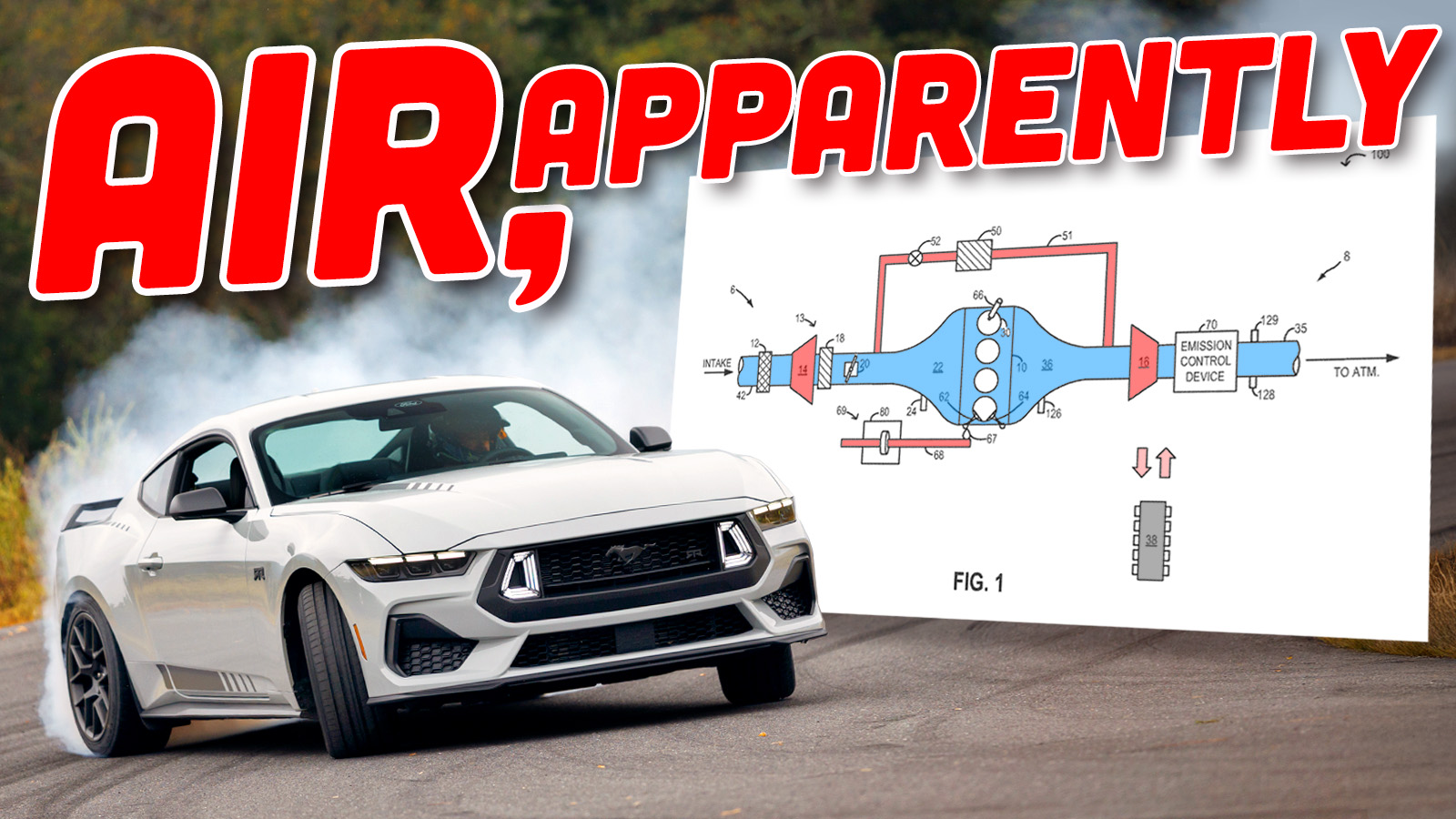
The only products that Dodge/Chrysler/Plymouth put out during that era that looked halfway good was The Dodge Li’l Red Express, the Warlock, and the Street Van™. Looking at all of the photos above just makes me sad; I have no nostalgia for those crimes against design.
The late 50s Chrysler products also rusted very fast Dad had a 78 Volare as a company car that was amazing it sat outside in Inuvik for a couple of days unplugged and still started at -42 or so, gutless but it kept going
There was barely any attempt at rust proofing until the 80s. It was a needless expense that took away profit, and wasn’t enacted because cars were only expected to last no more than 8-10 years before replacement.
A couple of the sedan Volare’s were “range cars” when I took Driver’s Ed back in 1994. I don’t remember any rust. I just remember them feeling like ponderous whales compared to the one Chevy Cavalier in the fleet. And one time one of them cut off on my when I cranked the steering wheel all the way to lock.
And then there was the time my driving partner flipped the sun visor down and a bottle of Maalox fell in his lap. Pretty sure we weren’t supposed to be throwing the tablets at the other cars, but it made range time more realistic.
I’m sure that issue of Motor Trend had a full-page ad or three for the Aspen/Volare.
So typical of the era:
Design a new car – build a few ringers for the Execs and the Press – Get clearance to go to production NOW.
But the only way those cars were approved is because they were hand-built with minimal durability testing. The only way the press gave rave reviews is because they were given hand-built cars – not a single one was straight off the regular factory line because company middle-managers KNEW the quality was terrible, but were afraid to say anything.
It wasn’t the bumpers or the downsizing or the emission standards which caused US cars to become craptastic, rust-mobiles.
It was weak middle-management hiding the truth from the C-Suite and the Press.
I had one of these, a 1980 Coupe with the Slant six. It was seriously a terrific car! All the issues and troubles must have been long fixed (this was in like 2010) and it drove fantastic. I do remember the seats being very comfy, it handled…..fine, I guess, and lord did that speedometer bounce around. But it really did ride great for an old car.
My aunt had one of these. Good memories of riding in it with her.
Anyway, hers got rust holes up on top of the front fenders. Weird place for rust, but I think it was common with these (I think one of the pictures in the article is of the top of the fenders). I guess there is a place up there where dirt, salt, and moisture would collect.
To the Wisconsin building inspector who couldn’t fit one single case of beer into the trunk-
Dude, what are you drinking?
Tallboys 🙂
Chrysler learned from their mistakes! The platform was used for a number of year, and was very successful!
Cordoba, Mirada, Fury, Diplomat, Fifth Avenue…
Don’t forget Le Baron!
We had a ’76 Aspen when I was a kid, a 4 door with a slant six. It not only rusted within a year, but it stumbled and stalled whenever you turned left too hard. I’m pretty sure at least some of my swear word vocabulary came from my parents’ interactions with that car.
However, many years later, I ended up with a ’79 Volare Sport Coupe, with the two-barrel Super Six. It was literally the cheapest running car I could find, and it set me back $175. That one ran like a top, and didn’t have much rust on it at all, mainly just the rear quarter panels. I drove it for a year without doing anything but changing the oil once, and sold it for $400. So apparently they got better as time went on.
These were bad, and yet I don’t think they were as bad as the GM X platform models like the Citation. The one my parents purchased new in ’81 was basically totaled due to rust by about ’87. Rust bubbles formed like acne across every surface within the first 18 months, and in its third year, they needed to have the frame repaired multiple times. By year 5, when I was liming the thing around delivering pizzas, I needed to install a second fuel filter that was easy to change because about 5 miles after filling up, you needed to replace the filter. The filters just got jammed with rust from the tank. You could also use your fingernail to gouge lines in the interior plastics that were more than 1/4″ deep. It was all just turning to powder.
Basically, the vast majority of American cars of that era were complete garbage.
These things were rare 30 years ago due to rot, and given how little they are worth I can’t imaging many people even bothering to maintain decent ones. Good riddance. Ugly little things.
No car in the Chrysler Corporation lineup was more significant in the undoing of the corporation. I suspect that for many people, this was the car that made them give up on American cars entirely.
I would disagree. The 1974 full-sized cars were way bigger than their predecessors, and were launched mere weeks before the gas hit the fan. They were still selling them in ’78.
The Fs didn’t help, but they weren’t what did the most damage.
When I was a kid, a friend’s mom had a Volare wagon. When you filled the gas tank, when the nozzle clicked off there would be about a two second pause and then a giant burp of gas would shoot out of the filler, usually covering whoever was filling the car. We’d sit in the back seat, waiting for it and then would cheer when the poor gas jockey got doused.
“Automakers have been trying to beat rust since practically forever,”
No they haven’t. If they wanted a vehicle that was immune to rust, they could build it today. People would buy them in droves… Once. And then future sales would tank.
Automakers want vehicles to fall apart soon after the warranty expires so people will buy a new vehicle.
Plenty of people are already swapping cars when they aren’t even close to the age where they would start to rust, so I don’t think that would be much of a problem. Many of us might be happy to drive a decades-old vehicle, but a lot of average people want something a bit newer, whether they can afford it or not.
Yup. This is why buying a 1st gen Honda Insight is such a boss move. Thing is basically invincible. Mine looks the same as when I bought it in 2013, but now it has 100k more miles.
Anyone else see F-Body and think Camaro/Firebird?
My dad had a blue Volare wagon as a company car and I remember the fenders were rusty before the car was a year old.They were replaced but then it would stall all the time,especially when it was cold.It got fixed and replaced rather quickly with a real nice 2 tone charcoal/silver Malibu wagon.He loved that Malibu and was sorry to see it go when the time was up.I still remember how comfortable those seats were but it was a dog power wise.